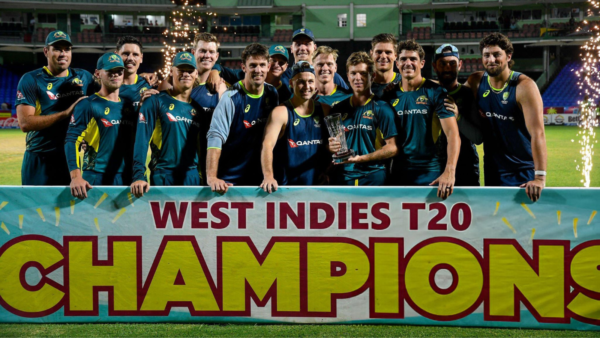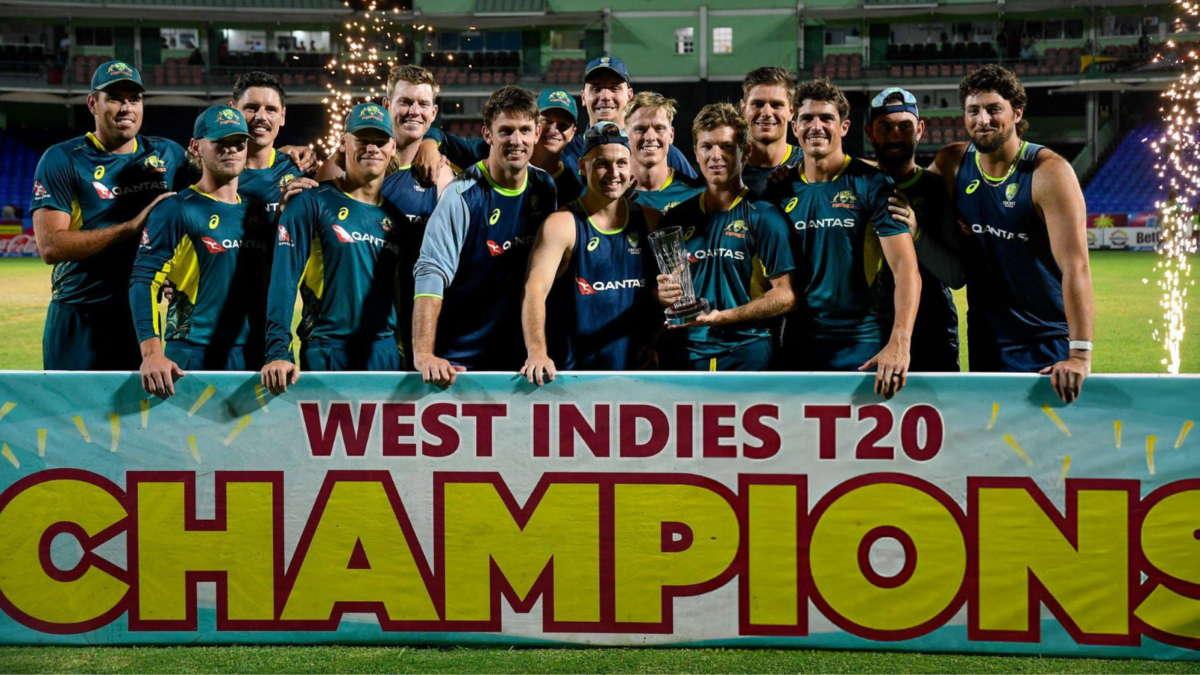
This series helped Australia gain some clarity ahead of the T20 World Cup 2026.

Australia were comprehensive throughout the T20I series against the West Indies and had many positives in almost every game. They were without most of their first-choice players and faced a strong West Indies outfit away from home, but several stars stepped up at various stages.
This series helped Australia gain some clarity ahead of the T20 World Cup 2026 while identifying areas where extra work needs to be done. The depth in the shortest format has increased massively in recent years, and the advantages were visible in this five-match T20I series.
We look at key takeaways for Australia from this successful T20I rubber.
Glenn Maxwell was tried as an opener in four of the five T20Is against the West Indies in Travis Head’s absence, but the move didn’t work. As an opener, he could only score 79 runs at an average of 19.75 and a 219.44 strike rate, with a best of 47.
He can have issues with the new-ball movement, and with Mitchell Marsh excelling as an opener in IPL 2025, Maxwell might not be the right choice. The experiment failed, and Maxwell should return to the middle order for several reasons.
Firstly, he understands the tempo in the middle order and is a proven performer. Secondly, his spin-hitting abilities will be vital in the T20 World Cup 2026, which will be played in the subcontinent.
ALSO READ:
Talent was never a question with Cameron Green, but injuries and surgery came as a major roadblock for him. However, he has returned to competitive cricket and sealed his T20I spot with a superb batting show.
He can bat anywhere in the order, but Green batted in the middle order against the West Indies and aced the role. He batted with high intent, showing an attacking range of shots, and still remained consistent to stamp his authority.
He will soon get bowling fit and can do the job of an enforcer since he has the pace and can generate additional bounce, which will be crucial in Asian conditions. Green is a complete package who provides equal value with both bat and ball and balances the XI.
One major highlight in this Australian setup has been the number of all-rounders available to work with. Most of their batters are more than capable with the ball and vice versa.
There’s also a variety of all-rounders; Australia have spin-bowling all-rounders, right-arm pace-bowling all-rounders, and left-arm pace-bowling all-rounders. Some can bowl quality off-pace cutters, while a few can perform the role of an enforcer.
They have collectively ensured Australia are never without batting or bowling options, and a few didn’t even require doing both jobs since the team had plenty of players to work with. Heading into the T20 World Cup 2026, Australia have among the finest all-rounders, and their depth in both departments is outrageous.
Unfortunately, Nathan Ellis plays in the same era as the big three, so he doesn’t get enough recognition. However, he has continued his fine work and had another fruitful series against the West Indies.
He took six wickets at 25.83 runs apiece and conceded only 7.88 in an otherwise high-scoring series. Among all bowlers to play more than two matches, Ellis’ economy was the best.
His variations can be mighty effective on subcontinent decks, and he can bowl across phases, making him a must-starter in the next T20 World Cup. Even when the big three return, Australia should make room for Ellis, given that he is a T20 specialist and has done nothing wrong to be ignored.
For more updates, follow CricXtasy on Facebook, Instagram, Twitter, Telegram, and YouTube.